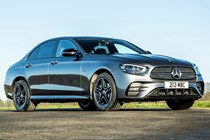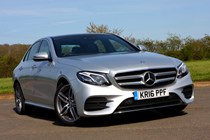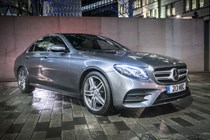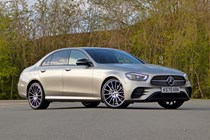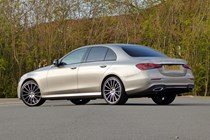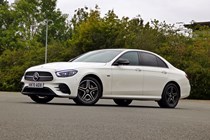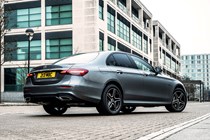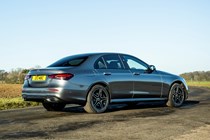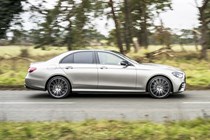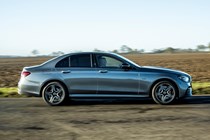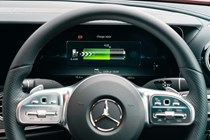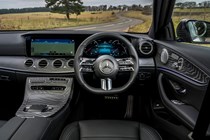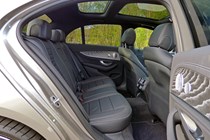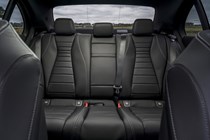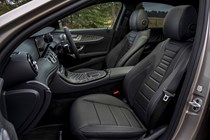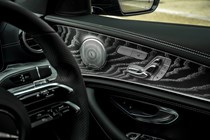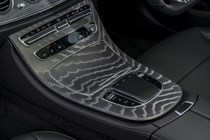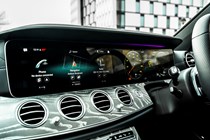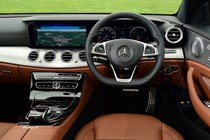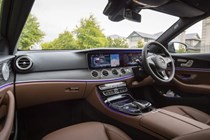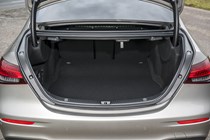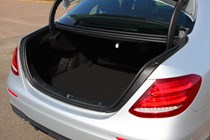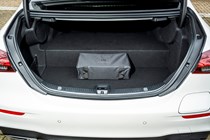
Mercedes-Benz E-Class Saloon (2016-2023) engines, drive and performance
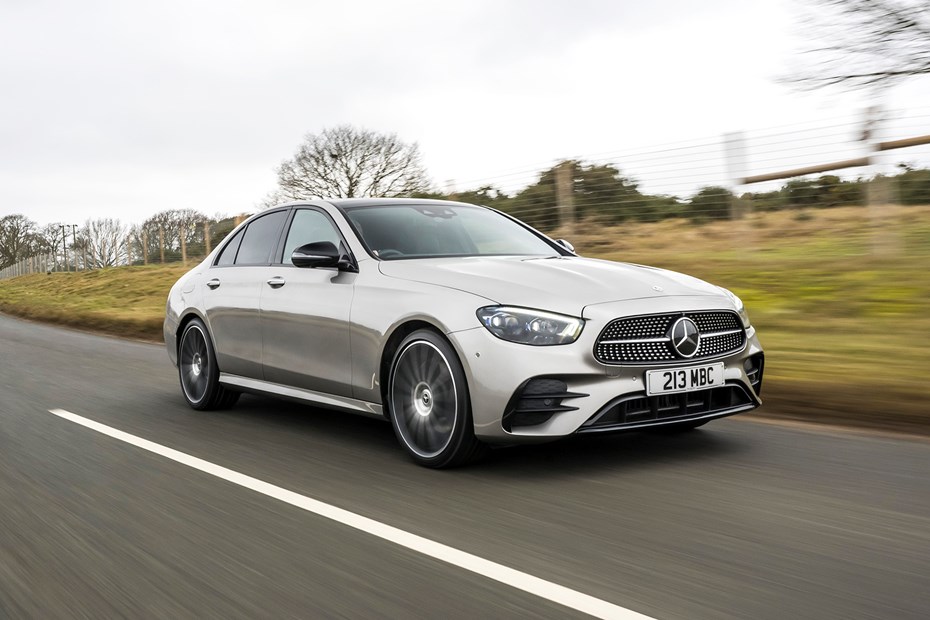
- Broad range of engines to choose from
- Standard models feature mild-hybrid tech
- Diesel and petrol plug-in hybrids also offered
Petrol engines
Petrol power has not been traditionally favoured among ordinary E-Class buyers, since it’s typically a less efficient fuel than diesel. But you can still choose from two conventional petrol engines – and a plug-in hybrid, which we’ll cover in more detail below.
The entry-level point to the entire E-Class line-up is a 2.0-litre petrol badged E200. This turbocharged four-cylinder rear-wheel drive model produces a healthy 197hp, and can crack 0-62mph in 7.4 seconds, so it’s not exactly slow. But it also doesn’t really suit the character of this car.
Your other choice is at the entirely opposite end of things – the E450 4Matic is a 3.0-litre six-cylinder turbo with 367hp (by far the most of any ordinary E-Class), capable of 0-62mph in 5.0 seconds. It’s a lovely thing, but very niche. Most buyers who want a high-performance petrol go straight to one of the Mercedes-AMG E-Class variants, which provide as much as 612hp, albeit in a much noisier and less subtle fashion.

Diesel engines
Diesel has always been at the heart of the E-Class range, and these days its a four-cylinder 2.0-litre turbo motor kicking things off. This latest E220d model is thankfully much smoother and quieter than its predecessor. And with 200hp and 440Nm of torque (120Nm more than the E200 petrol) there’s plenty of punch for most.
However, it can feel a little wheezy at times when asked to work hard. The pedals are light and responsive, and the automatic gearbox’s decisions are well judged – choosing whether to use the engine’s torque or to change down a gear effectively when you want to build up the pace.
It’s also rear-wheel drive only, so if you want the reassurance of 4Matic four-wheel drive traction, you’ll need to opt for one of the more potent versions. The E300d uses a 300hp version of the same 2.0-litre engine, which also boosts torque to 550Nm, handy if you carry lots of people and luggage, or regularly tow a caravan.
The top diesel is the E400d 3.0-litre six-cylinder, with 330hp and 700Nm of torque. It’s wonderfully smooth, with powerful mid-range acceleration – but expect to put quite a bit more fuel into it.
Plug-in hybrid engines
Uniquely in this class, Mercedes offers the E-Class with a choice of two plug-in hybrid powertrains – one with a petrol engine badged E300e and one with a diesel engine badged E300de.
Both can travel above motorway speeds on electric power alone, both are capable of more than 30 miles on a full battery charge, and they are similarly priced. However, they are quite different to drive.
The 320hp petrol-powered E300e seems strangely underpowered, despite its higher on-paper performance – when the petrol engine cuts in it feels strained, with the revs quickly spiking if you ask it to get a move on. The transition between petrol and electric power isn’t as smooth as it could be, either.
The 306hp diesel-powered E300de feels more muscular and significantly more relaxed, even though both models produce the same 700Nm of combined torque. This is thanks to a smoother transition as the engine cuts in and diesel’s natural proclivity for low-range torque and excellent cruising ability – making it a great match for the electric motor.
Neither is quite as well-resolved as the BMW 530e – but the E300de is currently the only diesel plug-in hybrid you can buy, making it an interesting proposition for high-mileage drivers who still want to benefit from the low company car tax afforded to PHEVs. We like it a lot.
What’s it like to drive?
- A good steer but better handling rivals available
- Plenty of grip, even from RWD models
- UK buyers get lowered suspension as standard
The E-Class is very competent in the corners, but like the C-Class, its priorities are skewed more towards comfort than handling. The BMW 5 Series and Jaguar XF are more fun. For instance, while the steering in the Mercedes is precise, pleasingly light at parking speeds yet weighting up nicely as you go faster, it never really tells you much about what the front tyres are up to. Being a variable-ratio system, its reactions change at different speeds, too, which can take a little getting used to.
Still, it’s easy enough to drive quickly, and the rear-wheel drive models have plenty of grip and traction – with the 4Matic four-wheel drive fitted on more powerful versions keeping them on the straight and narrow. The nine-speed automatic transmission is perfectly competent, too – and a substantial improvement over earlier Mercedes automatic gearboxes.
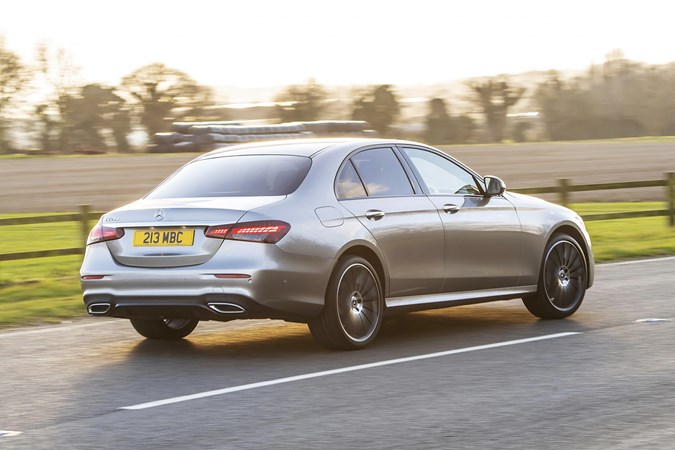
Where the E-Class really excels is in providing relaxing, comfortable long-distance cruising. All UK models are fitted with adaptive ‘agility control’ suspension, which is 15mm lower than the standard set-up available in other markets – so they are quite as soft as an E-Class can be. But you’ll still find the soak up lumps and bumps more graciously than rivals.
The standard-fit Dynamic Select driving mode choices of Eco, Comfort, Sport, Sport+ and Individual allow you to tailor the driving experience to your priorities slightly – with the most noticeable differences related to the accelerator response and steering weight. But frankly, we prefer our E-Class in Comfort, where it belongs.


